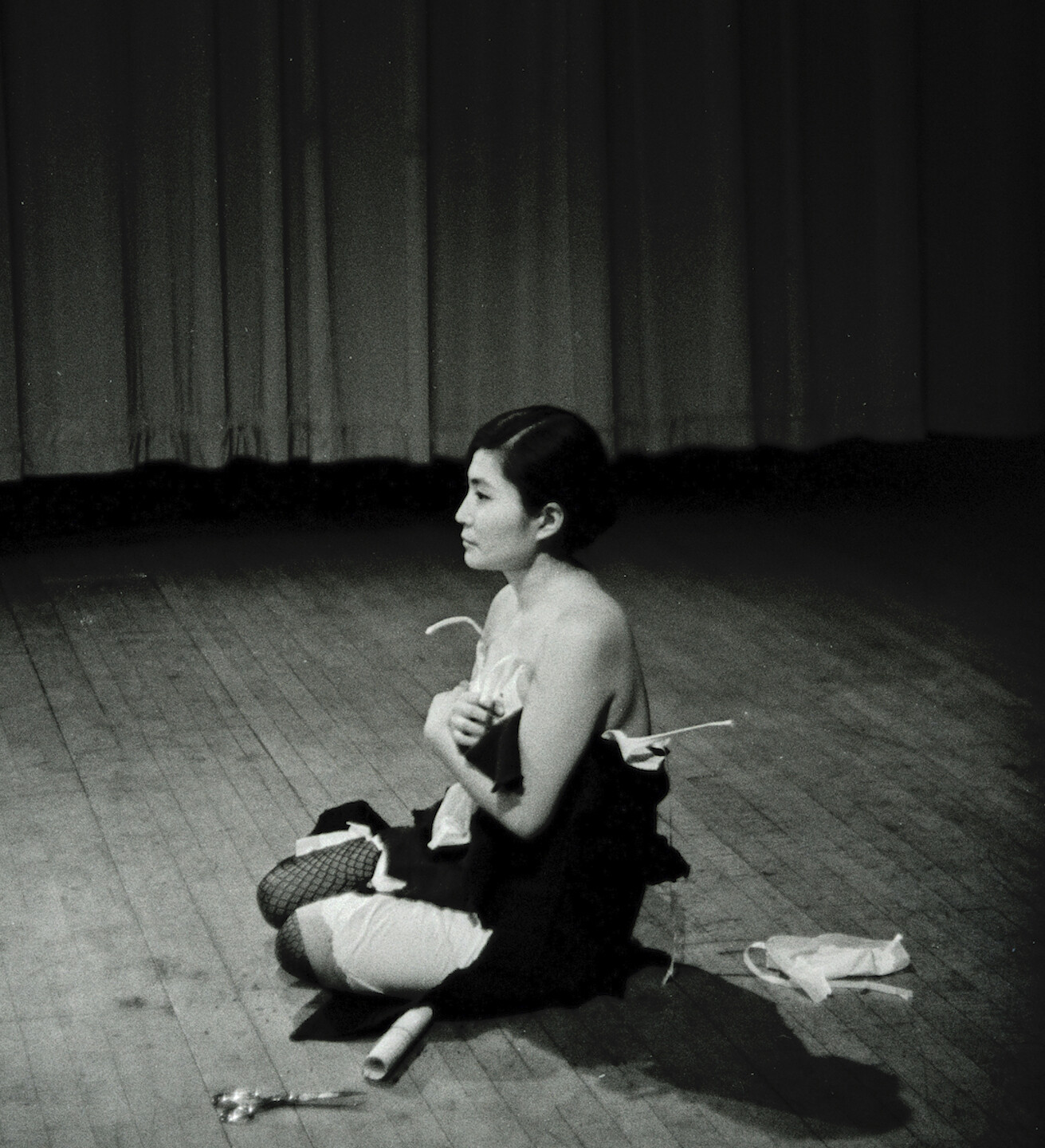The Learning Garden of Freedom
May 30–November 15, 2020
Rua D. João de Castro, 210
4150–417 Porto
Portugal
Hours: Monday–Sunday 10am–7pm,
Saturday–Sunday 10am–8pm
T +351 22 615 6500
serralves@serralves.pt
The works presented in this exhibition encompass the entire career of Yoko Ono (Tokyo, 1933). They entice us to delve into her artistic universe. Ono’s provocative work encourages people to think and challenges their understanding of art and the world around them. Her chosen media are performance, film, music, instructions and text, which the artist uses to challenge every theory that can be used to classify her art, and is thereby able to work in complete freedom.
Throughout the exhibition we are encouraged to look and experience. We are invited to build the work—whether physically or mentally. We must sometimes touch and move things and the Museum’s architecture is confronted by the architecture conceived by the artist in her instructions.
Yoko Ono and Arata Isozaki’s Penal Colony (2001–04), a prison cell built of ice and bound to melt and disappear, was the first impetus for this exhibition. Its collaborative dimension, symbolic power and connection to architecture, both within the work of Ono and in a city known for its architectural tradition, offered us a framework to approach the artist’s commitment to freedom, and her ability, her strength to liberate aesthetic, political and social conventions.
This exhibition—a garden of freedom, as a young Yoko Ono named her school—is an invitation to find freedom in everyday gestures, existing beyond the Museum and extending through the Serralves Park and the streets of Porto.
Yoko Ono: The Learning Garden of Freedom is the Museum’s first event in the post-confinement period; our walls, closed for a while, have melted to allow art to welcome back life and our visitors. As the artist suggests in her Collecting Piece II, your presence brings the Museum back together.
Break a contemporary museum into pieces
with the means you have chosen. Collect
the pieces and put them together again
with glue.
Y.O. 1963 Autumn


